The “Golden Submarine” – A Car from the Distant Past That Was Ahead of Its Time
Built more than a century ago, this car still looks remarkably modern today.

This car was created in the early 20th century, yet it still looks surprisingly contemporary. Considering that its technical design was revolutionary for its era, it’s fair to say that the “Golden Submarine” was truly ahead of its time.
While some of the body lines of this racing car appear modern, it is, in fact, a classic vintage automobile. It had its own name—the “Golden Submarine”—and was built by Barney Oldfield with the help of legendary racer and automotive engineer Harry Miller in 1917.
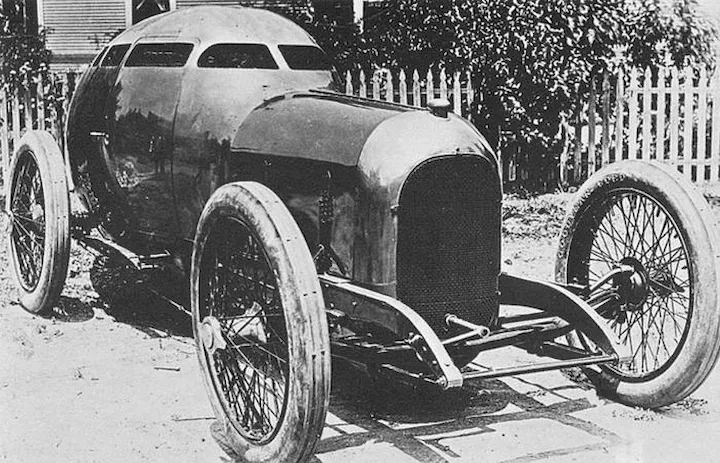
The streamlined race car was designed not only to be incredibly fast but also significantly safer than most cars competing on tracks around the world at that time. Oldfield was inspired to build the car following a tragic accident involving one of his closest friends, Bob Burman, who was racing in an open-cockpit car.
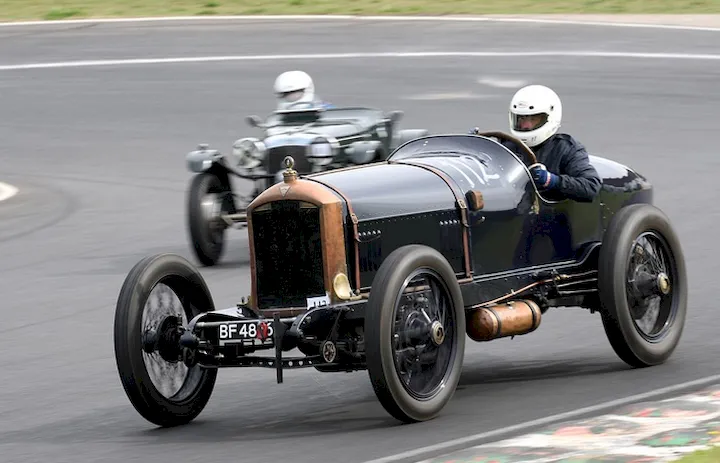
Today, open-wheel race cars are designed with strict safety rules, and drivers have proper helmets. But in 1917, if drivers wore anything on their heads besides a hat and goggles, it was usually just a leather cap.

If you tried to find a racing helmet from 1917 today, the best you could hope for would be a few old military helmets. Seat belts and crash-protection features were virtually unknown.
As you can imagine, any accident where a car flipped often ended in tragedy. Oldfield decided to do something about it, and he enlisted Miller to help build a fully enclosed racing car with an all-metal cockpit.
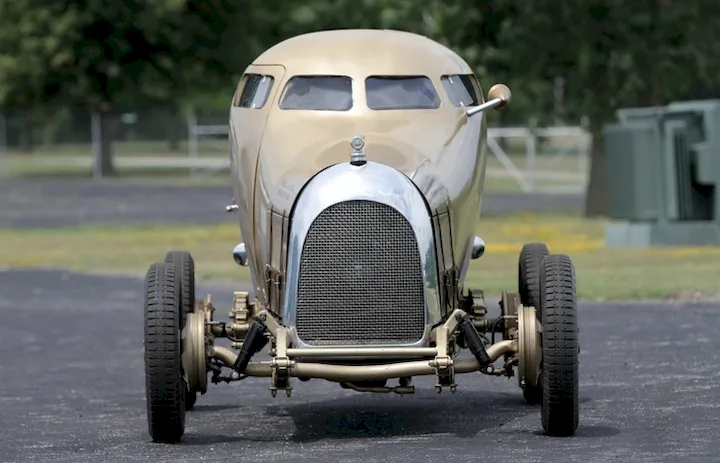
The project reportedly cost the duo about $15,000 at the time, a hefty sum in 1917. In today’s money, that would be roughly $150,000.

The streamlined car was even tested in a wind tunnel to optimize its aerodynamics, making the Golden Submarine truly ahead of its time. Another key feature was its all-aluminum body, which made it extremely light at just 1,598 pounds—even by modern racing car standards.
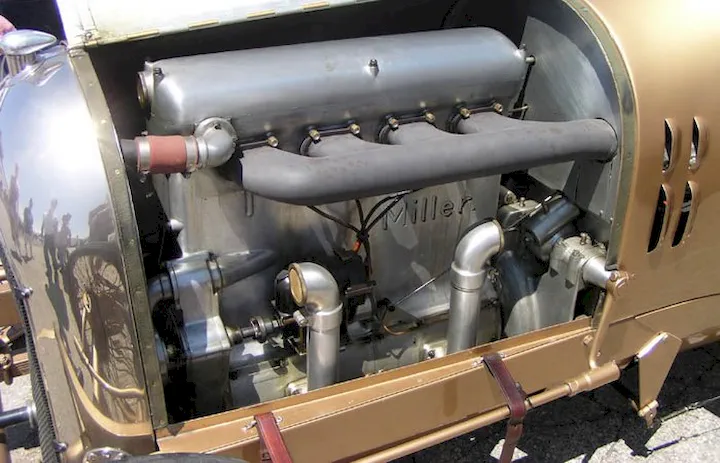
Under the hood was a 287-cubic-inch (4.7-liter) four-cylinder aluminum engine producing 136 horsepower. Expectations were high when the Golden Submarine made its debut on June 16, 1917, at the Chicago Speedway in Maywood, Illinois.
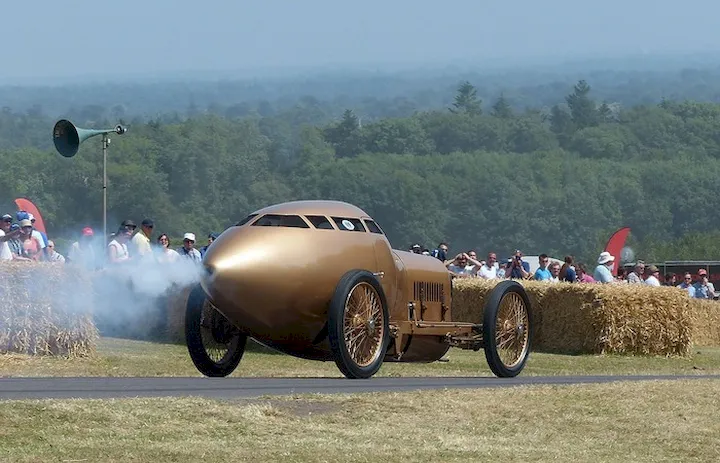
Unfortunately, the engine failed just 10 miles into the race. Nevertheless, the innovative car managed to maintain an average speed of 104 mph during the first few laps. Just a week later, the Golden Submarine won three races in Milwaukee.

Over its racing career, the car competed in 54 events, winning 20 of them and finishing second or third in several others. It even qualified for the 1919 Indianapolis 500 but suffered engine trouble again and had to withdraw from the race.
You may also be interested in the news:
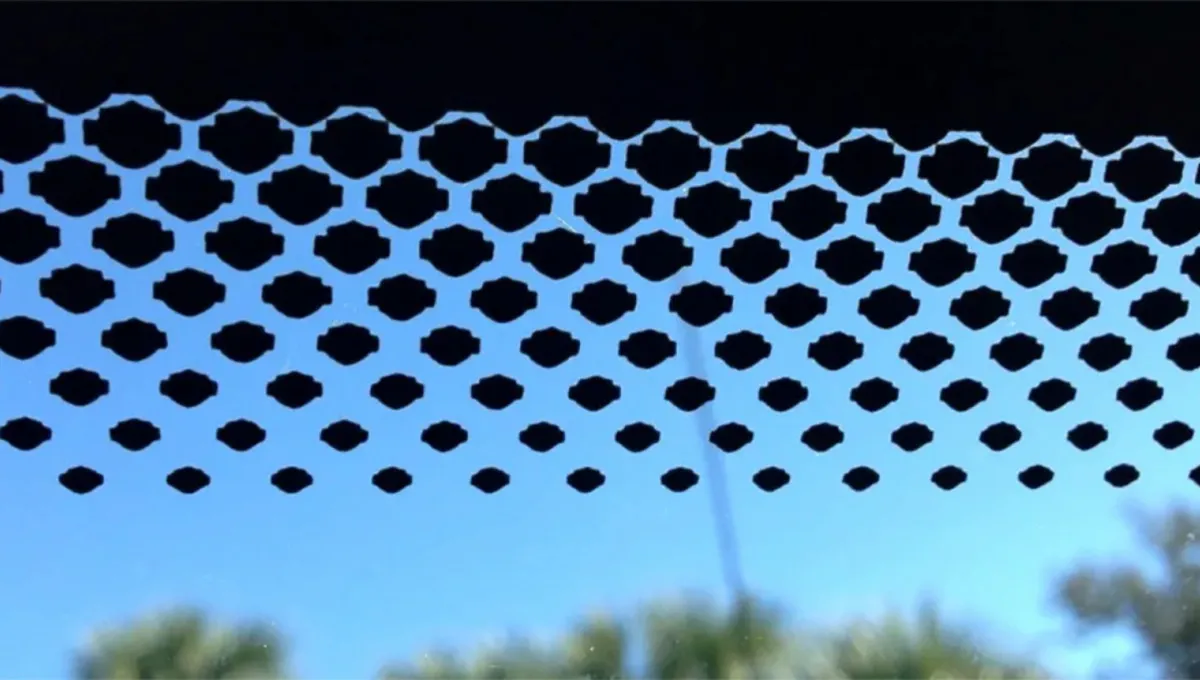
Why Cars Have Those Odd Little Black Dots Around the Edge of the Windshield — Many Americans Don’t Even Suspect
What do they actually do? Are they just decorative, or is there real engineering behind them?

Four Cars Whose Bodies Can Go 15–20 Years Without Rusting
The engine may give up, the suspension might wear out — but the body will stay solid.

Car That Doesn’t Even Exist Yet Just Sold for a Record $20.63 Million
The first planned build of Gordon Murray Special Vehicles’ S1 LM supercar fetched a staggering sum during Las Vegas Grand Prix weekend.

Three Hidden Automatic-Transmission Buttons Even Veteran Drivers Don’t Know About — and Why They Matter
Plenty of drivers who use an automatic transmission every day are convinced they know it inside out.
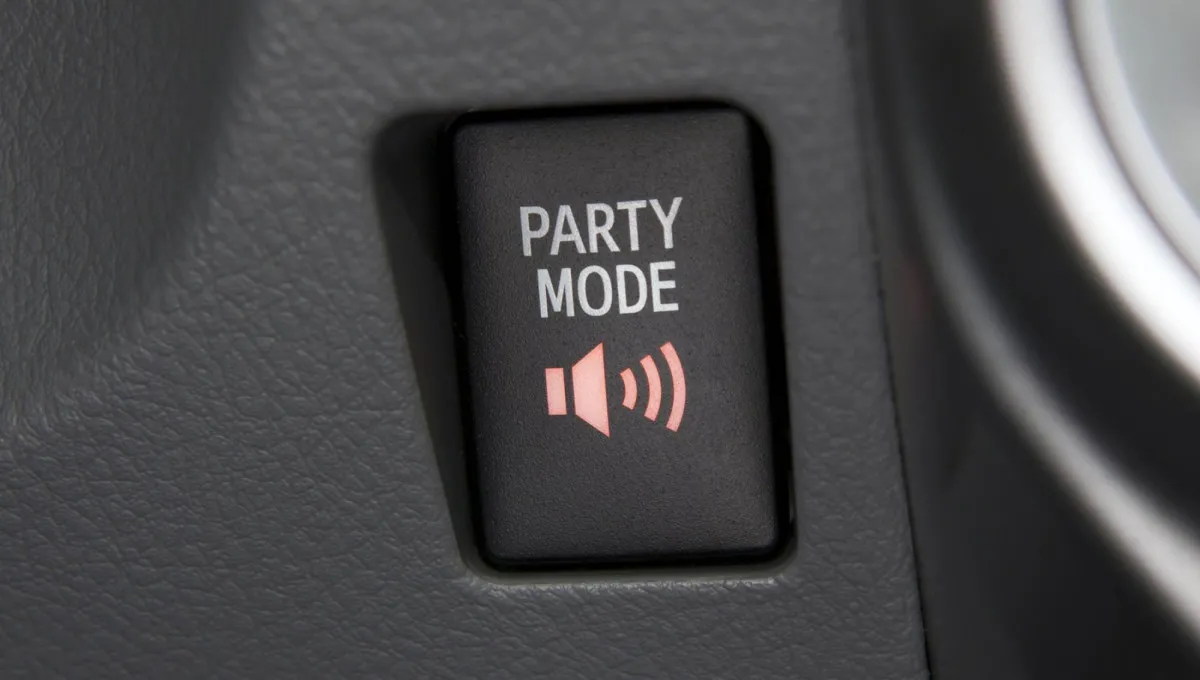
Five Mystery Buttons in Cars — Most Americans Have No Idea What They Do
Different brands feature unusual and unexpected buttons.